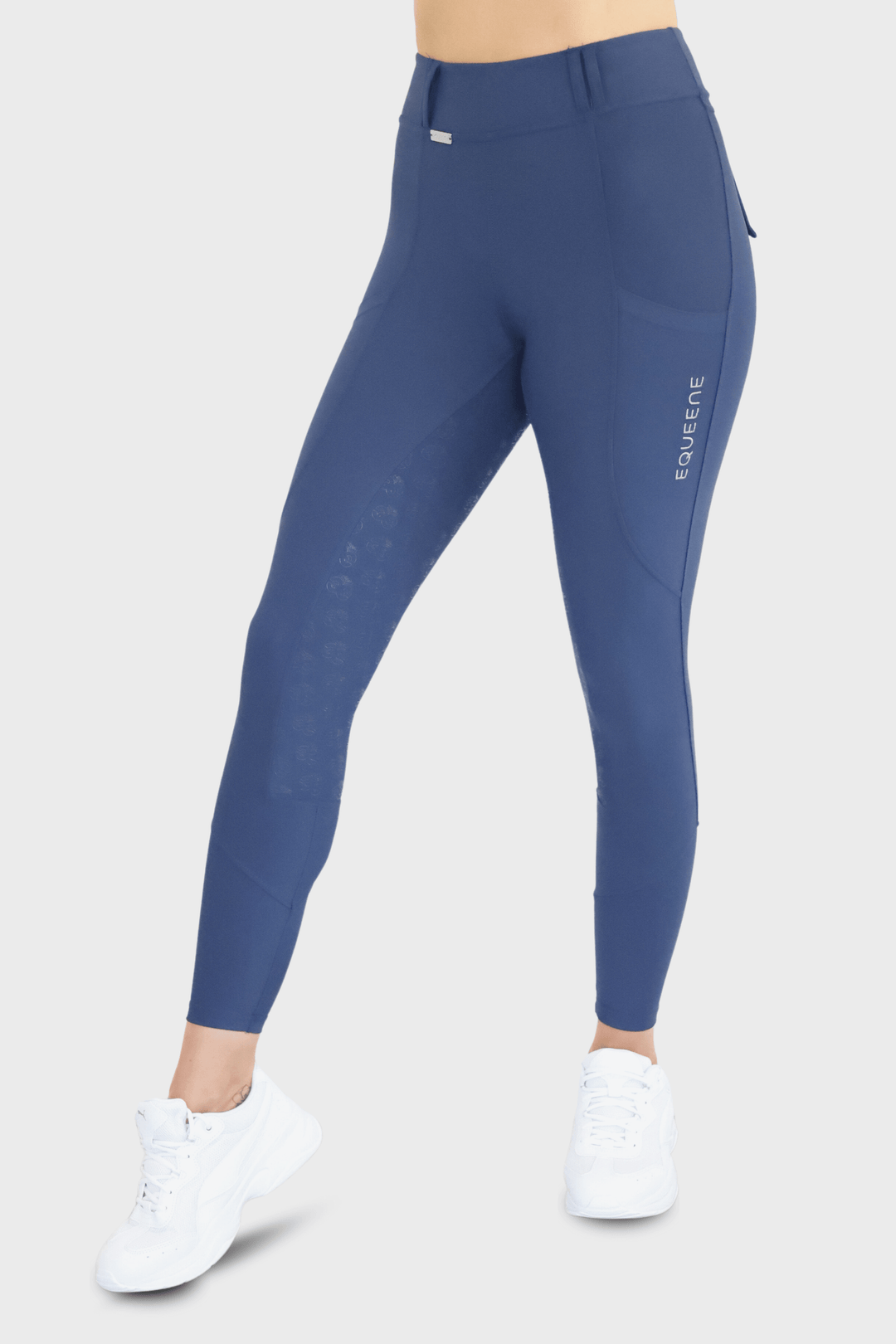The spring and early summer have certainly been rather disappointing weather wise, with riders having to dig out their winter breeches in the middle of June! However, temperatures are hotting up, and this can bring a fresh set of challenges for equestrians. Humidity, heat, not to mention the flies, can all make your horse uncomfortable.
Here are some tips to help keep him cool and happy during hot spells.
Provide shelter
If your horse is turned out during the day time, it’s important to provide some shelter from the sun. This could be a group of trees, a field shelter, or even a temporary shelter rigged up with sheets if there are no other means to escape from direct sunlight.
If your horse has white or pink areas on the face or heels, protect them with sunblock as they have less pigmentation and thinner hair than other areas of the body.
Use fly sheets
Use lightweight breathable fly sheets to prevent your horse from being continually pestered and bitten by flies. Choose a light coloured one that is better at reflecting the sun’s heat than dark colours. It should be made of a loose weave fabric that allows sweat to escape, and on the hottest days, hose down the rug and horse for additional coolness.
Adjust your riding times
On very hot days, ride in the early morning or later evening when temperatures are cooler, or reduce the duration and intensity of the ride if this is not possible. Make sure you keep yourself cool so that you can ride to the best of your ability. Wear technical sweat wicking fabrics and a riding hat with vents to allow heat to escape through the top of your head.
If the temperature is above 30°C, then postpone riding until it is cooler, otherwise you may be risking discomfort or heatstroke for you and your horse.
Cool off your horse with water
If your horse is sweating after exercise, cool him off with a hose or by pouring buckets of cold water on him, focusing on the chest, neck and legs where the main arteries are. Take care around his face and do not direct water into his nostrils.
Leave the water to evaporate without scraping it off. Offer him plenty of fresh water to drink and make sure he has continual access to water throughout the day.
Allow him to rest and recover properly before exercising again. If your horse is stabled, make sure the stall is well ventilated, and consider using a fan that is out of reach of your horse to maximise the airflow.
Monitor your horse's diet
Adding electrolytes (essential vitamins and minerals such as magnesium, calcium and potassium) to your horse’s diet can help him to rehydrate more effectively and stay well hydrated. Make sure his feeds are easily digestible and not too high in fibre, which generates internal body heat.












